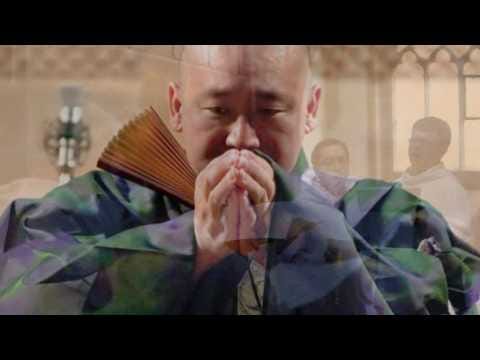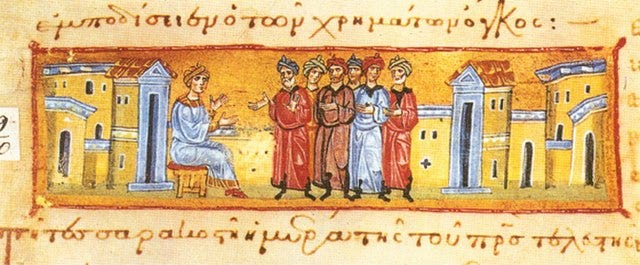There is a tradition that one of Jesus’ apostles, Thomas, who we know as the Doubter, carried the message of Jesus all the way to India. There he found responsive hearts on the Malabar coast, and established a small community which flourished.
Another tradition says that a few centuries later the king of the area, Abenner was told by astrologers that his newborn son Josaphat would one day set aside kingship and become an exemplar of the Christian way.
The king decided this would be a terrible thing. So, he launched a persecution of the church, hoping there would be nothing for his son to convert to. In the meantime, the king had his young son kept isolated in a pleasure palace, where the boy would never hear the good news.
One day the now young man secretly left the palace to see the wider world. Almost immediately he met the Christian hermit Barlaam. Barlaam told him of the way of unfolding love, and the message touched Josephat’s heart. He returned and told his father, who saw it was over, made his peace with it, and stopped the persecutions.
He proceeded to shared his throne with his son. Eventually, King Abenner found the way touch his heart, as well. And he abdicated his share of the throne to become a Christian hermit.
Josaphat continued to rule for a time, but eventually he too abandoned rulership as the astrologers foretold, embraced a monastic life and sought out his old teacher Barlaam.
Barlaam and Josaphat lived in holy companionship for the rest of their lives. During those years people came from all over the world to hear his guidance into the intimate. After Barlaam and Josaphat’s deaths, people continued, right down to this day, to make pilgrimages to their graves as healing shrines.
This story was recorded in the Roman Martyrology. And a feast for the saints Barlaam and Josaphat is celebrated on the 27th of November in the West and the 26th of August in the East. This celebration was woven into the great cycles of worship of the Christian churches.
Then, in the nineteenth century along with embracing a critical analysis of the scriptures, scholars began investigating many of the accumulated traditions of the church.
The story was enshrined in the Golden Legend, and in a more expanded form in Vincent of Beauvais’ Speculum Historiale. Following the documentary evidence through some interesting twists and turns including versions of the story in Greek, Syriac, Ethiopian, Armenian, and Hebrew, they discovered the story was really that of the Buddha.
Sadly, there wasn’t even a tomb, and certainly no pilgrimages. But a wonderful story of a sage too beautiful not to claim as their own.
Although in our more literal age, by the early twentieth century, the mainstream liturgical churches had all quietly dropped the Christian celebration of this version of the life of the Buddha from their calendars.
But me.
Well, I try to remember.
Twice a year, actually.
On the 27th of November. And on the 26th of August.
Those Christian feasts in honor of the Buddha.
The image of Josaphat announcing is departure is from a 13th century manuscript held at Mt Athos.




